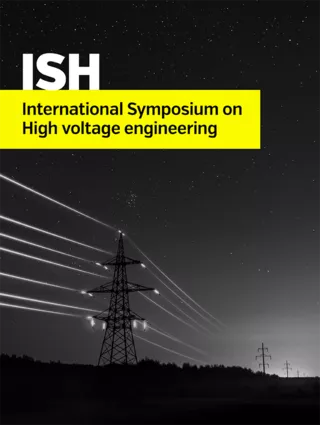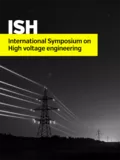Summary
In the past few years, usage of composite insulators with large diameters (such as composite hollow insulators, composite cross-arms, composite station post insulators, etc.) increased significantly in both overhead transmission lines and substations. Especially for the DC application, the usage of these insulators increased a lot due to the rapid growth of HVDC transmission projects. Similar to composite line insulators, long-term performances are the main concerns of these insulators. Tracking or erosion is one of the critical performances for composite insulators. In order to evaluate the resistance to tracking and erosion of different composite insulators and to reject materials or designs which are inadequate, a number of test methods or test standards have been proposed. The 1000 h salt fog test is a well-accepted method which has been conducted in many countries and is standardized in IEC 62217-2012. However, it is worthy to point out that the study of the salt fog test for the above mentioned large-diameter insulators is relatively rare, especially under DC voltage. In this study, a large-diameter composite insulator with average diameter of 446 mm was conducted in the salt fog test under negative DC voltage. The influences of applied voltage and NaCl content on the leakage current and arcing discharges were studied. Based on the results, a suitable 1000 h salt fog test for large-diameter composite insulators under DC voltage was recommended. A complete verifying test was conducted and the feasibility of the recommended method was verified.
Additional informations
| Publication type | ISH Collection |
|---|---|
| Reference | ISH2017_339 |
| Publication year | |
| Publisher | ISH |
| File size | 591 KB |
| Pages number | 6 |
| Price for non member | Free |
| Price for member | Free |
Keywords
Composite Insulator, Salt Fog Test, Large-diameter, DC, Leakage current




